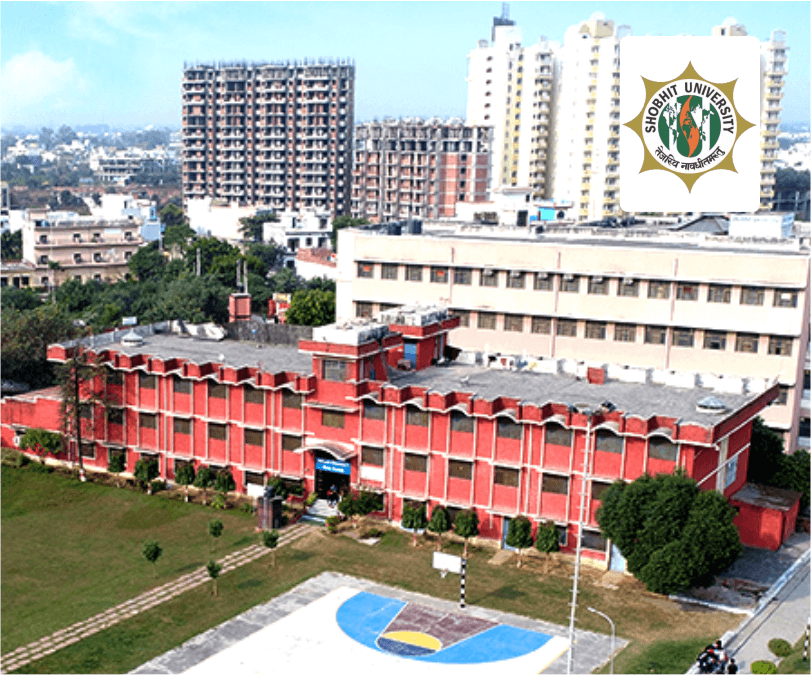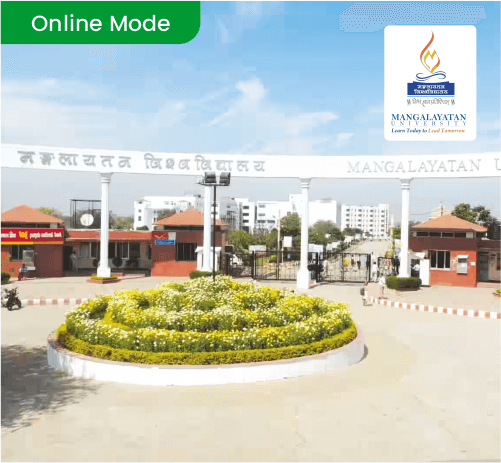

The Impact of COVID-19 on Online Distance Education
The educational environment experienced a significant transformation with the onset of the COVID-19 pandemic. The shift from traditional classrooms to online learning platforms disrupted the conventional educational paradigm. This article delves into the profound impact of COVID-19 on online/distance education, exploring both its positive and negative consequences and the future of this evolving educational approach.
Evolution of Online Education
The COVID-19 outbreak made online learning more popular worldwide. It caused improvements in tools for teaching online and made it easier for people everywhere to access education. While online learning became more flexible, it also showed that not everyone had equal chances to use it. This change affected how teachers taught and led to new ways of learning that combined online and in-person classes. Overall, the pandemic made a big change in how education happens, with both good and not-so-good parts for the future of learning
Points | Details |
Rise of Online Learning | COVID-19 increased the global popularity of online learning. |
Improvements in Teaching Tools | Better online teaching tools emerged, enhancing accessibility to education. |
Unequal Access | Inequalities in access to online learning highlighted disparities. |
Changes in Teaching Methods | Educators adapted teaching methods; hybrid learning (online & in-person) became prevalent. |
Big Change in Education | The pandemic brought significant changes to education, impacting its future positively & negatively. |
COVID-19 Disruption
The pandemic compelled educational institutions worldwide to embrace online education rapidly. Overnight, classrooms shifted to virtual environments, presenting numerous challenges for educators, students, and parents. The abrupt change highlighted disparities in access to technology and the digital divide among students.
Positive Impacts of COVID-19 on Online Education
The COVID-19 pandemic had a surprising silver lining for online education, accelerating its adoption and highlighting several positive impacts. These include increased accessibility and flexibility for students worldwide, enhanced learning experiences with interactive resources and personalised paths, improved teacher training in technology, and a boost in digital literacy for both teachers and students. While challenges like the digital divide and effective online teaching still exist, the pandemic’s push towards online learning offers valuable tools and advancements that can benefit education for years to come, ultimately aiming for a balanced system that blends online and offline methods for effective and equitable learning for all.
Aspect | Description |
Easier Access | Online learning provides accessibility to education for remote or physically challenged individuals, enabling learning from anywhere. |
More Flexibility | Learning online offers the flexibility to study at one’s own pace and convenience, accommodating diverse learning styles and busy schedules. |
New Technology | Adoption of new and improved online learning tools due to the pandemic enhances engagement and enjoyment in learning. |
Connecting Globally | Online classes facilitate collaboration among students and educators worldwide, fostering cultural exchange and idea-sharing. |
Saving Money | Online education reduces costs for institutions and learners by eliminating expenses on travel, accommodation, and materials. |
Learning Independence | Engaging in online learning cultivates time management skills and self-directed learning, nurturing responsibility and independence. |
Personalised Learning | Technology enables teachers to tailor lessons according to individual learning styles, fostering a more personalised educational experience. |
Continuous Learning | During challenging times like a pandemic, online education ensures consistent learning, preventing prolonged interruptions in students’ progress. |
Negative Impacts of COVID-19 on Online Education
The COVID-19 pandemic has made online learning harder in different ways. Some students don’t have the right technology or good internet, which makes learning unequal. Both students and teachers feel tired from using screens too much, and it’s harder to stay interested and connected. Cheating is more common, and some subjects are tough to teach well online. Also, parents might find it hard to help their kids with schoolwork. We need everyone—teachers, leaders, and tech companies to work together and fix these problems for online learning to work better for everyone.
Challenge | Description | Potential Impact |
Unequal Access | Not all students have reliable internet or suitable devices, hindering their participation in online classes. | Limited learning opportunities, academic disadvantage, potential isolation. |
Lack of Engagement | Online learning might feel less stimulating and lack the interactive nature of physical classrooms, reducing student motivation. | Decreased learning outcomes, disengagement, lowered interest in education. |
Technological Challenges | Both students and teachers might struggle with unfamiliar technology platforms and tools, creating frustrations and disruptions. | Inefficient learning due to technical difficulties, hindering progress and accessibility. |
Social Isolation | Limited in-person interaction with classmates and teachers can lead to feelings of loneliness and exclusion, affecting mental well-being and student success. | Social distancing from peers and educators, potential mental health issues, impacting focus and motivation. |
Increased Distractions | The home environment may present various distractions, making it harder for students to concentrate and absorb information during online sessions. | Difficulty focusing, decreased learning effectiveness, potential frustration and discouragement. |
Assessment Issues | Ensuring fair and accurate assessment in an online setting can be challenging, raising concerns about the validity of test results. | Potential for inaccurate evaluation of learning gains, unfair advantages/disadvantages, limitations in measuring true understanding. |
Teacher Burnout | Increased workload, adapting to new teaching methods, and coping with technical challenges can lead to teacher stress and fatigue. | Decreased teacher effectiveness, potential burnout and reduced job satisfaction, impacting the overall learning environment. |
Loss of Practical Learning | Subjects requiring hands-on activities or experiments might be difficult to replicate effectively online, limiting experiential learning opportunities. | Incomplete understanding of certain concepts, lack of practical skills development, potential gaps in curriculum coverage. |
Limited Social Development | Online learning might offer fewer opportunities for peer interaction and collaboration, hindering development of social skills and teamwork abilities. | Difficulty with communication, collaboration, and problem-solving in group settings, potential impact on social and emotional development. |
Economic Barriers | Families with limited financial resources might struggle to afford reliable internet or necessary devices, creating socio economic divides in access to quality online education. | Exacerbating existing educational inequalities, unequal learning opportunities, potential discrimination based on economic disadvantages. |
Adaptations and Innovations in Online Education
Educators responded by adapting teaching methods, integrating collaborative tools, and fostering interactive learning environments. These innovations aimed to bridge the gap and enhance student engagement, creating a more inclusive educational experience.
Future of Online Education Post-COVID-19
As we navigate beyond the pandemic, the future of online education appears dynamic. learning models combining in-person and online elements are likely to prevail. Continual integration of technology will shape a more personalised and adaptable educational landscape.
Conclusion
The impact of COVID-19 on online/mba distance education was multifaceted, adjustment traditional learning approaches and fostering innovations. While challenges persist, the pandemic accelerated the evolution of education, laying the foundation for a more flexible, accessible, and technology-driven future.
Most Popular Blogs


The Impact of COVID-19 on Online and Distance Education

Dr. MGR University Online MBA 2026: Admission & Fees

UPRTOU Admission 2026: Complete list of Top Courses

UPRTOU Admission 2026: Complete list of UG Courses



















